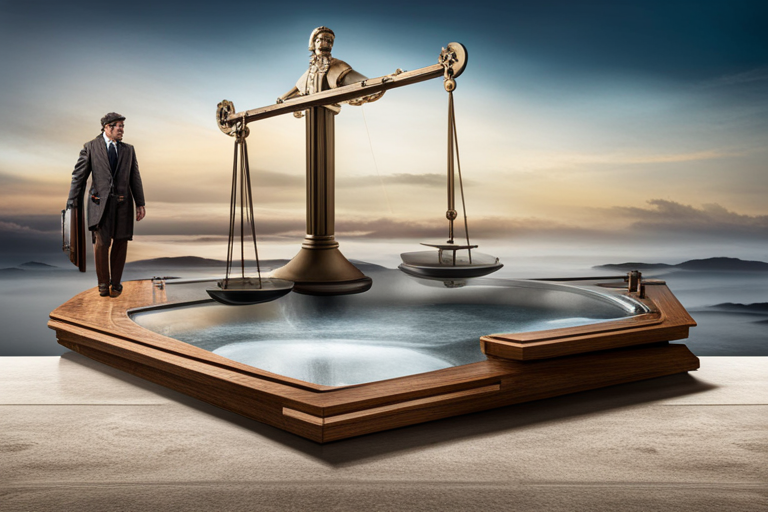Do you find yourself equally fascinated by the past and the present? Do you ever wonder how we will be able to save historical records in a world that is increasingly going digital? Do you feel this way? Here, we’ll discuss the challenges of preserving the past in the digital age and the solutions that have been proposed.
Introduction
The world is becoming increasingly digital, therefore it’s more important than ever to think about archiving our history and the lessons it carries. Although modern technology has made it simpler to store and retrieve data, it has also contributed to the destruction of important historical documents and artifacts. It is vital in the modern world to strike a balance between the use of technology and the preservation of history. Knowing the value of our history allows us to preserve it for future generations.
Importance of Looking Backwards
Learning from the past allows us to build a better tomorrow. It’s how we may learn about our past and where we originated from. It’s a great way to learn from our failures and get insight into our own culture, customs, and beliefs. We may learn more about ourselves and the world around us by looking back in time.
Technological progress
Our daily lives, careers, and social interactions have all been profoundly altered by technological advancements. It has revolutionized data storage and sharing, and increased the availability of information. The risk of losing important documents and artifacts from the past increases as technology advances. It’s crucial that we use technology to archive our history, but we must also recognize its limitations.
Finding a Middle Ground between History and the Digital Age
It is important to strike a balance between employing technology to preserve history and allowing for the documents and artifacts to retain their original integrity. Some strategies for striking this equilibrium are as follows.
Scanning old documents and artifacts
If historical documents and artifacts are digitized, they may be made available to a wider audience. It also makes archiving and stowing these goods less of a hassle. It is essential, however, that the authenticity of the original be preserved and not compromised throughout the digitization process.
Metadata
Metadata is useful for cataloging and describing historical documents and objects. The information’s accessibility and reliability depend on its metadata being complete and correct.
Data Backups
It is imperative to back up data to prevent the loss of important historical documents and artifacts in case of a system failure or natural disaster. Data is better protected with regular backups and can be accessed from anywhere with cloud storage.
Safeguarding Creative Works
By safeguarding intellectual property, we can prevent the inappropriate exploitation of precious objects and documents from the past. It also aids in preventing the material from being copied or used inappropriately.
Informing the People
The public’s understanding and support for historical preservation can be increased via education. It can also aid in preserving historical documents and objects that might otherwise be lost to ignorance or neglect.
Collaborating with Professionals
When preserving historical documents and artifacts, it’s important to work with specialists like historians, archivists, and museum curators. As an added bonus, it can aid with digitalization and provide for more trustworthy data.
FAQs
Why is it so important in today’s digital age to save historical records?
Keeping historical records in the digital age is essential for ensuring that future generations may learn from our past. It enlightens us on our origins and how we came to be, and it imparts wisdom that may guide our actions going forward.
What are the potential drawbacks of depending only on modern technology to archive past events?
If we just have the technology to rely on to keep historical documents and artifacts safe, we run the risk of losing them if the technology fails or becomes obsolete. Additionally, this may cause the original item’s authenticity to be compromised throughout the digitalization process.
How can we strike a compromise between modern conveniences and the preservation of the past?
By digitizing historical records and artifacts, employing metadata, backing up data, safeguarding intellectual property, educating the public, and working with subject matter experts, we may strike a balance between the use of technology and the preservation of history.
How can we safeguard the originality of digitized historical documents and artifacts?
Using high-quality scanning equipment, keeping the original object in a stable environment, and providing precise and thorough metadata are all ways we can guarantee the authenticity of historical records and artifacts during the digitization process.
What function does metadata play in the digital archive?
Metadata, which includes data like the creation date, author, and place, aids in the organization and preservation of historical documents and objects. This aids in ensuring that the data is correct and trustworthy.
How can we make sure that objects and documents from the past are available to people all over the world?
By digitizing documents and artifacts, storing them in the cloud, and giving thorough metadata, we can make them available to individuals all over the world.
Conclusion
Striking a balance between the past and the present is crucial in modern society. We may learn from our previous mistakes and use that knowledge to influence our future by preserving it. We can ensure that future generations have access to the lessons and information from the past by employing technology to preserve historical records and artifacts while preserving their authenticity.
Overall, it’s important to strike a balance between the past and the present by digitizing historical records and artifacts, employing metadata, backing up data, safeguarding intellectual property, educating the public, and working with experts.
So, let’s band together to protect our history and build a brighter future.

